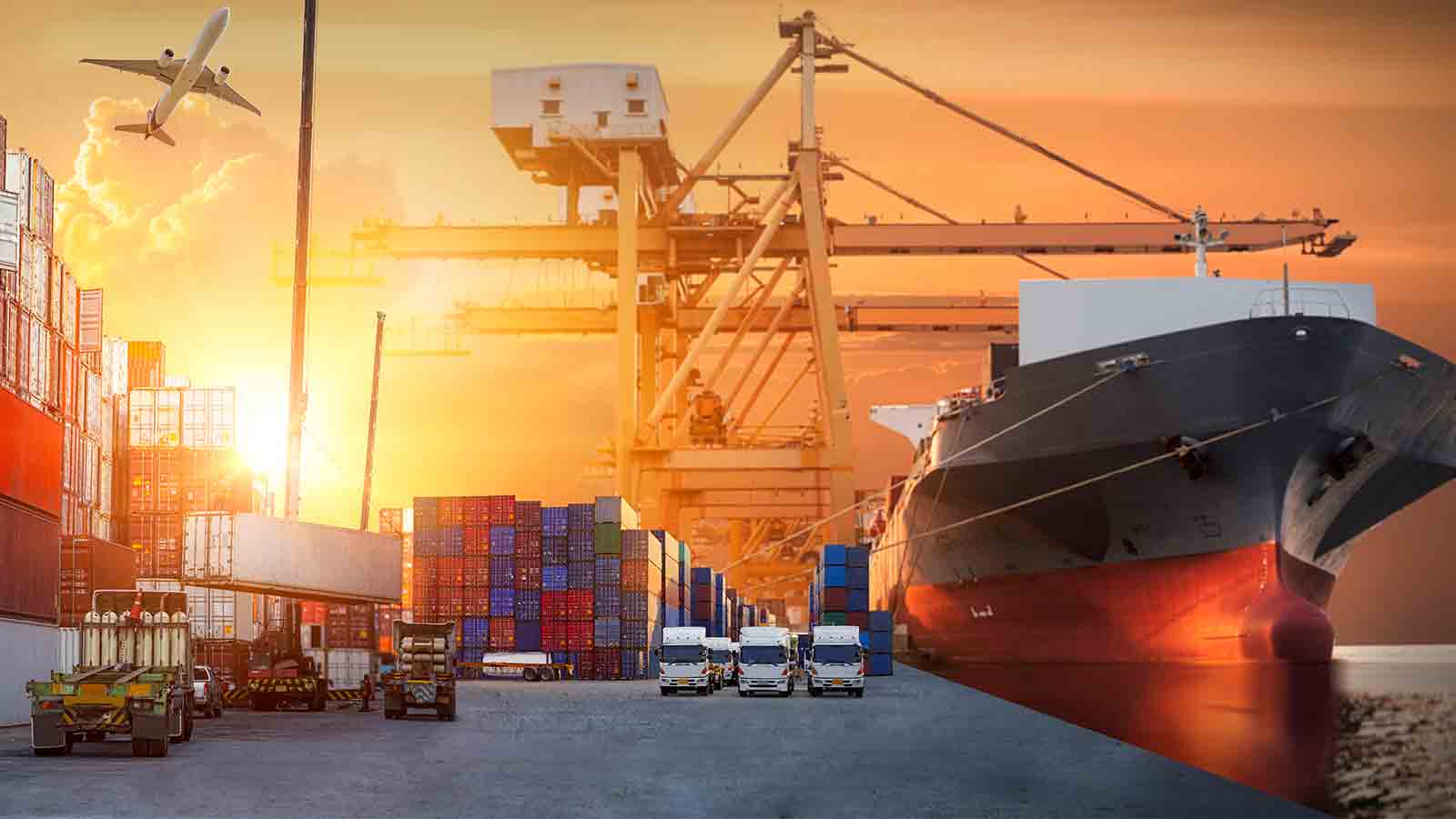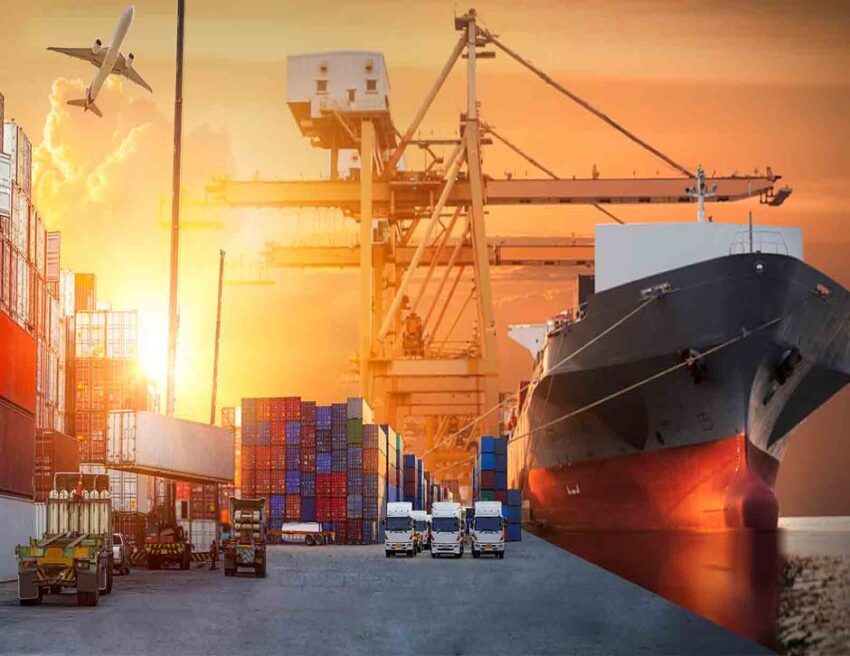The transportation and logistics sector in India is a resilient one that has always adapted to the emerging trends in spite of all the challenges. The logistics industry in India is finally expanding after two tumultuous years. One of the push has been the ‘Gati Shakti’ plan which has had some key highlights like dedicated freight corridors, enhanced connectivity, digital warehouses, etc.

In today’s post, we are going to talk about the rise of the transportation and logistics industry in India- one of the largest economies in Asia.
An outlook of the Indian transportation and logistics sector in 2022
The pandemic affected almost every industry not just in India but in the rest of the world. The logistics industry in India was particularly hard hit because of the stringent lockdown that was carried out by authorities. Moreover, in 2021, before the devastating 2nd wave of Covid hit the country, the pace was recovery was still not clear. Nevertheless, with improved infrastructure, the Indian logistics industry managed to recover gradually from the 3rd quarter of 2021. As per a study by McKinsey Global Institute back in 2019, the transportation and logistics industry in India was set to expand at a CAGR of over 10%, from $200 billion in early 2020 to nearly $320 billion by 2025. Although the growth rate is less than predicted because of the pandemic, the future of this sector in India is bright thanks to the adoption of technology as well as government endeavours.
The rail freight sector
India is a leading manufacturing hub in Asia and infrastructural development has allowed manufacturers to import with ease and ensure a greater volume of export. Additionally, they are not able to work on a low inventory model because of the massive improvement in rail transportation that ensures quicker transit times. Rather than depending on trucking for transporting bulk cargo, the freight forwarding companies can now choose container-based rail freight thereby ensuring reduced damages, increased reliability, lesser handling of cargo and reduced transit time.
During the peak of the lockdown when moving freight by trucks was fraught with challenges, railways came up as the most reliable mode of transportation that ensured the distribution of essential cargo across the country. Recently, the creation of the DFC- Dedicated Freight Corridor by the Indian government has greatly helped to boost the efficiency of the logistics sector. DFC comes with high-speed and high-capacity freight trains connecting several states in the country.
Road freight sector
As per a report from the India Times, the road freight sector in India will continue to grow at a CAGR of 8% in the next few years to reach $330 billion by 2025. The rapid development of this sector is largely because of the e-commerce boom, the infrastructural developments, and an increasing retail sales market. Additionally, we can see the endeavours of road logistics startups who are trying to organize this sector by leveraging digitization and data accessibility. In other words, they are creating new channels to meet the rising demand and unearth new opportunities by investing in 3 specific sectors- short-haul delivery, long-haul transportation and technology-enabled solutions.
Air cargo sector
During the pandemic, the air freight industry in India emerged as a rare success story. It was a lifeline for moving foods, medicines, and essential items both domestically as well as internationally. The last two years have witnessed unprecedented growth in this sector as the number of cargo planes operated by Indian carriers has risen from 5 to 25. The increased digital literacy not just in the cities but in the rural and semi-urban areas has added to the e-commerce demand. Simply put, e-commerce and pharma are the two major demand creators for the air freight industry.
Additionally, the Krishi Udan scheme by the Indian Government has connected farmers from the remotest regions that are difficult to reach by road or rail, to the main consumption centres of the country via air freight. Moreover, the Incentive Scheme of the Ministry of Civil Aviation has enormously helped the domestic air freight sector to come up as an economic mode of transport for perishable items.
Pain points, technological challenges and future opportunities
The pandemic brought to surface the pain points of the transportation and logistics industry in the subcontinent. A radical shift to a more formal and digitally-enabled organizations will permit this industry cope with the future challenges. The pandemic has proven that technological sophistication will not just provide a competitive advantage but is a necessary tool for survival. Unfortunately, a vast percentage of the small and independent freight forwarding companies and trucking companies in India haven’t yet adopted a digital strategy and are therefore facing serious threats from the competition.
On the other hand, the independent freight forwarders and larger companies in the urban areas are gravitating towards the use of blockchain, AI, and other digital solutions to cope with the rising competition, cash crush and inflation. Furthermore, the government is also pushing digitization through important initiatives such as E-way bills, GPS-based tolls, e-invoicing, Fasttags etc. Moreover, technology has become more accessible and logistics companies big and small are increasingly adopting digital solutions like cloud computing, IoT sensors, GPS trackers to stay relevant in the industry. The largescale use of technology by the Indian transportation and logistics sector is allowing freight forwarders in India to compete on an equal footing with their peers from the many developed economies.


